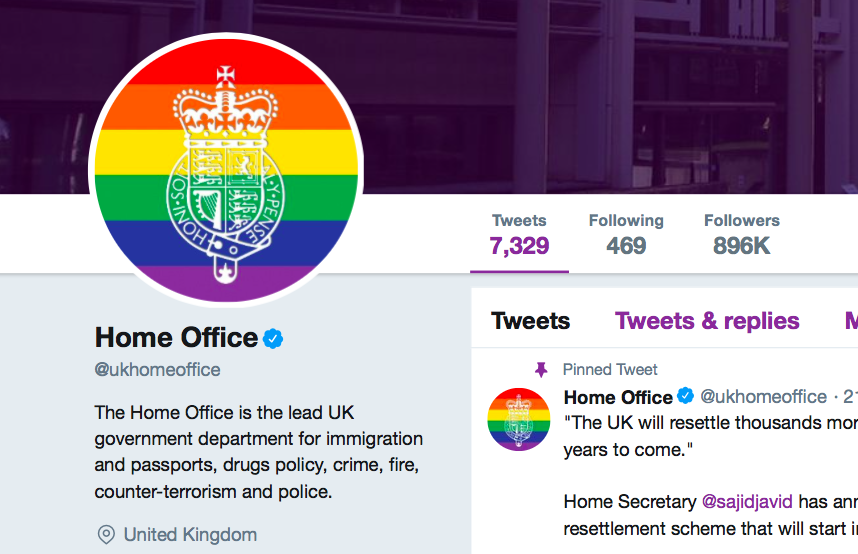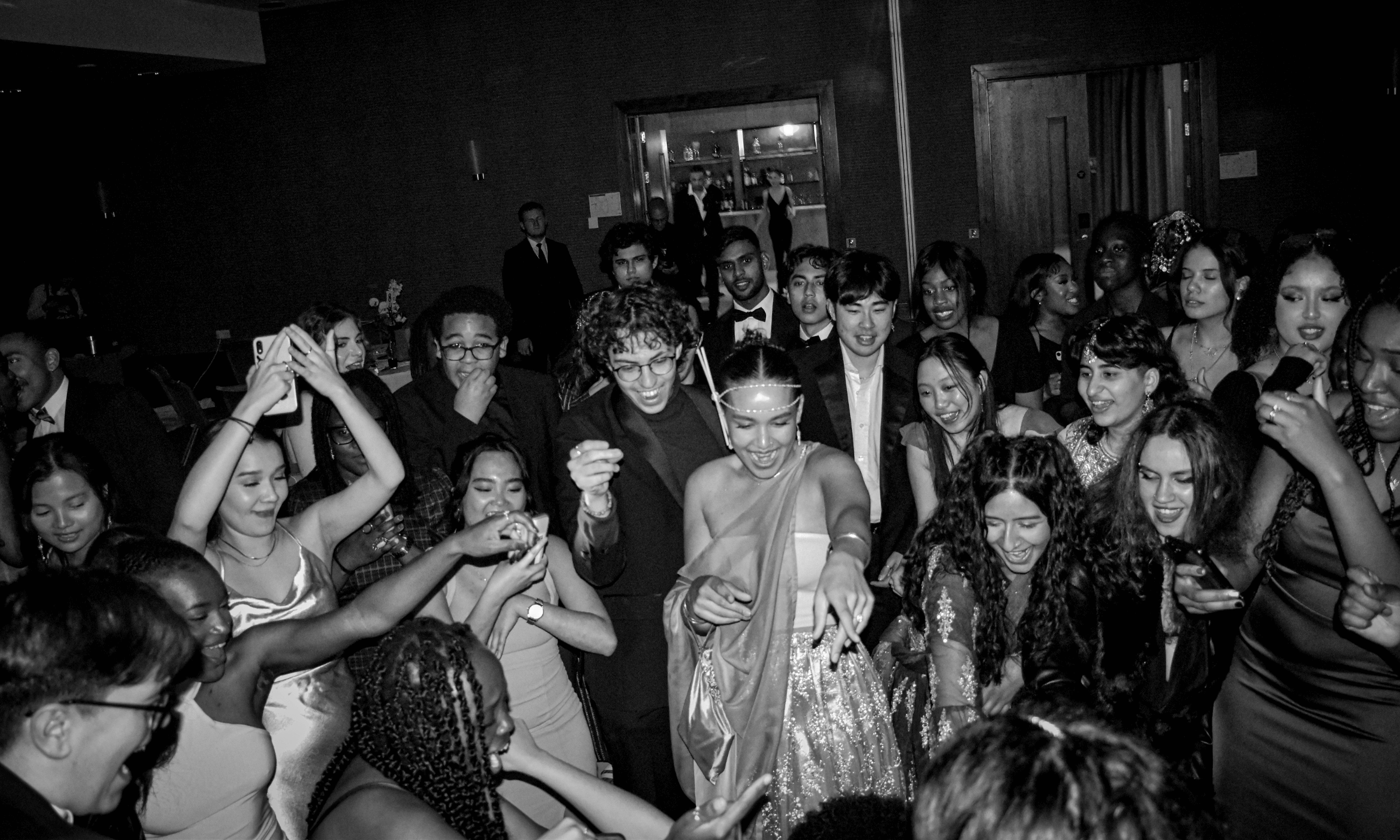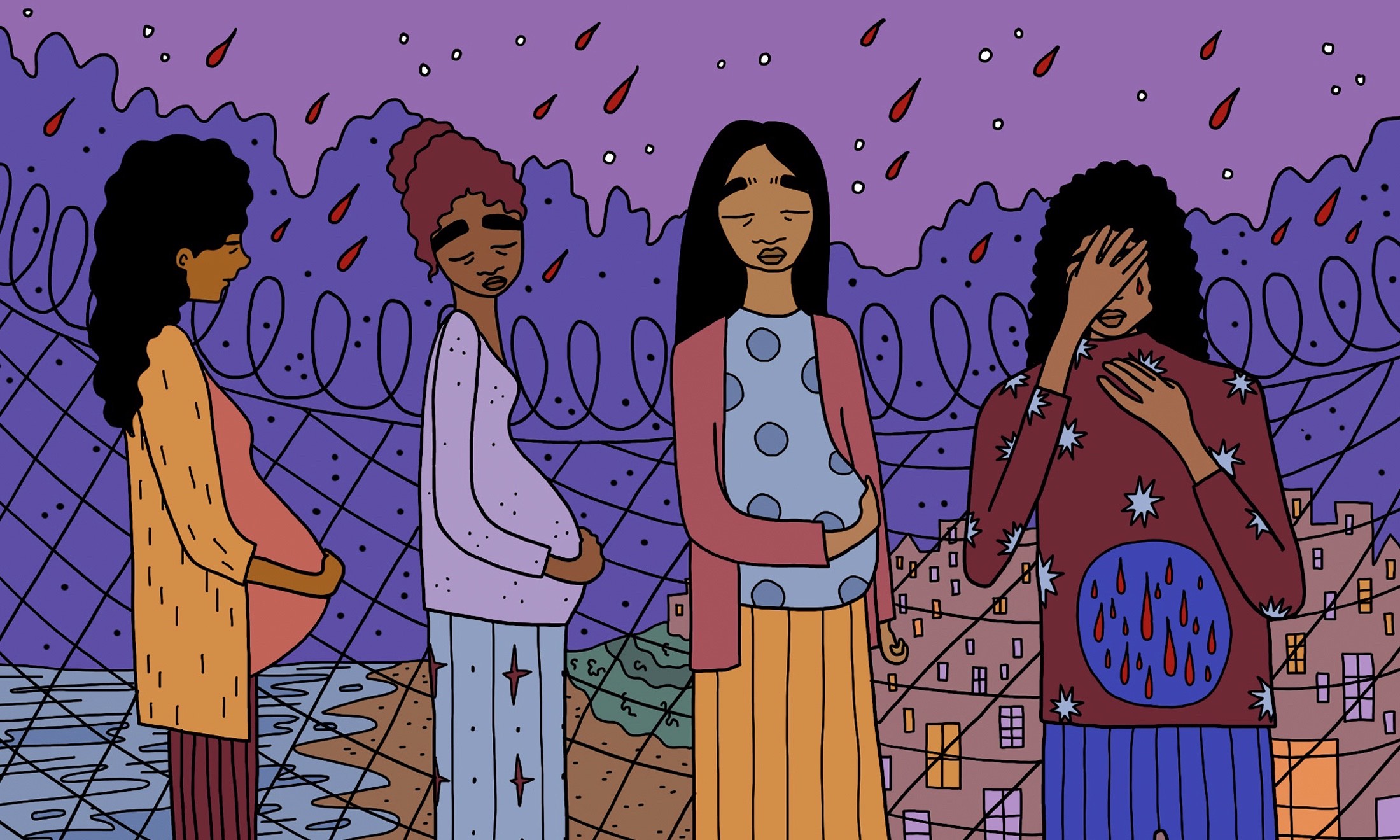
Image via Twitter / Home Office
TW: This article contains mentions of homophobia and transphobia
The month of June is becoming widely known as Pride Month, a month where one can find a local support group or Pride march, or buy any conceivable item with a rainbow plastered across it. To clarify, I will never diminish the power that the visibility of and conversations about LGBTQI+ issues can have. It can make queer people feel seen, validated, and normalised. It can also increase the awareness that cis-het people have of the community, and encourage them to show support more openly. The problems start, however, when the organisations promoting the symbols of Pride are also harming LGBTQI+ people themselves.
In recent weeks, the LGBTQI+ community have seen Pride month corrupted by organisations doing exactly this – outwardly showing the signs of working towards inclusion, but taking actions that do the opposite. Some of the most notable examples include the NSPCC dropping ties with transgender activist Munroe Bergdorf because historically transphobic Times journalist Janice Turner labelled her a “porn model” on Twitter. It is worth noting that the NSPCC has worked with Melinda Messenger, a white cis woman who has done similar modelling shoots to Munroe. Despite the NSPCC rebranding to include the Pride flag in its logo this month, they were quick to remove Munroe as an ambassador.
“The Home Office, while putting a rainbow in their logos, decided to deport a gay man to Kenya, a country where sex acts between men are illegal”
It’s not just the NSPCC that’s guilty of this kind of hypocrisy – earlier this month YouTube issued a statement claiming that the homophobic harassment which goes unchecked on their platform does not violate their terms. This came after Vox journalist Carlos Maza complied mountains of evidence of harassment and hundreds of cases of LGBTQI+ positive videos being demonetised automatically. YouTube had also posted about their support of the community on social media this month.
On the same list of offenders: the Home Office, while putting a rainbow in their logos, were criticised for their decision to deport a gay man, Ken Macharia, to Kenya, a country where sex acts between men are illegal. The Home Office also has been shown to require LGB+ asylum seekers to evidence their sexuality by providing photos or videos of sexual acts.
#Rosesareredvioletsareblue, if your marriage is a sham we’ll be on to you: http://t.co/DKP2l37D #happyvalentinesday
— Home Office (@ukhomeoffice) February 14, 2013
YouTube and the NSPCC subsequently apologised but did not reverse their decisions or change any policies. These compromises show a belief that both LGBTQI+ and anti-LGBTQI+ actions are equally legitimate, rather than firmly backing the communities they claim to support.
It is easy to see why organisations opt to give the outward appearance of supporting inclusion even if they are not making substantial change. The LGBT+ inclusion coalition Open for Business consistently finds that “companies that are more diverse and inclusive have greater brand appeal and loyalty with consumers”. To really benefit, organisations should perform concrete actions ensuring that queer employees and service users are genuinely supported. However, if one simply doesn’t know or care enough, they can still reap the benefits of simply adding a rainbow to their logo.
If organisations continue to harm queer people whilst pretending to include and celebrate them, we run the risk of this becoming the norm. The Pride movement becomes less about actual change and quality of life, and more about virtue signalling and lip service to inclusion because it’s the right thing to say rather than the right thing to do. The population will associate Pride and LGBTQI+ rights with simple rainbows and saying “it’s ok to be gay”, while not questioning the attacks on trans people by the media, not seeing the harm of bullying in schools, and having no idea about the harm done to LGBTQI+ people by our society on a daily basis.
this is the same sainsbury’s store where a lesbian couple were thrown out for “behaving inappropriately” (kissing) pic.twitter.com/IGQUMzjLI9
— nerdy and 🏳️🌈fabulous🏳️🌈 (@HooiWanV) 18 June 2019
Turning Pride into a statement with no action behind it crushes the voices of those who want change. It makes it harder to have your voice heard when the space is being taken up by organisations that give out rainbow badges in one hand and contribute to the harm of LGBTQI+ people with the other.
The statistics around LGBTQI+ experiences continue to be horrifying. The only way to change them is by making active and continuous changes to the operation of organisations and government.
Daily, we see LGBTQI+ rights being called into question. Rights that we won in the Gender Recognition Act (2004) and the Equality Act (2010) are being questioned and fought for again. At a time where hate crime statistics are surging, we deserve direct action for safety’s sake. We need to know that young people seeking refuge and support from places like YouTube will genuinely have the opportunity to find it.
History shows us that the way to improve the lives of LGBTQI+ people is to actively fight for them. The question organisations should be asking is not “do we support LGBTQI+ people enough to fly this flag?” but “do we support LGBTQI+ people enough to actually investigate and fix the reasons behind there needing to be a flag in the first place?”









